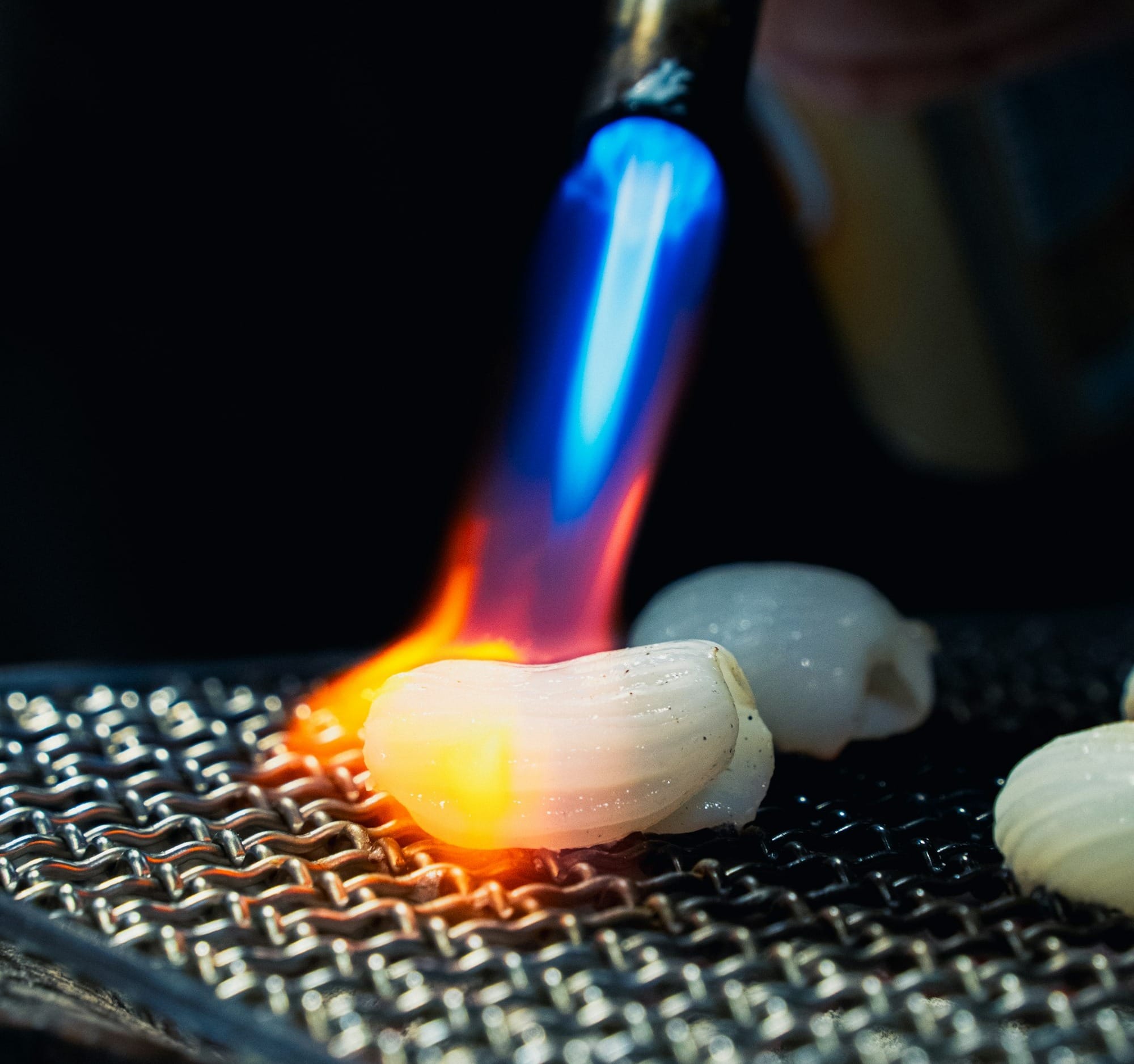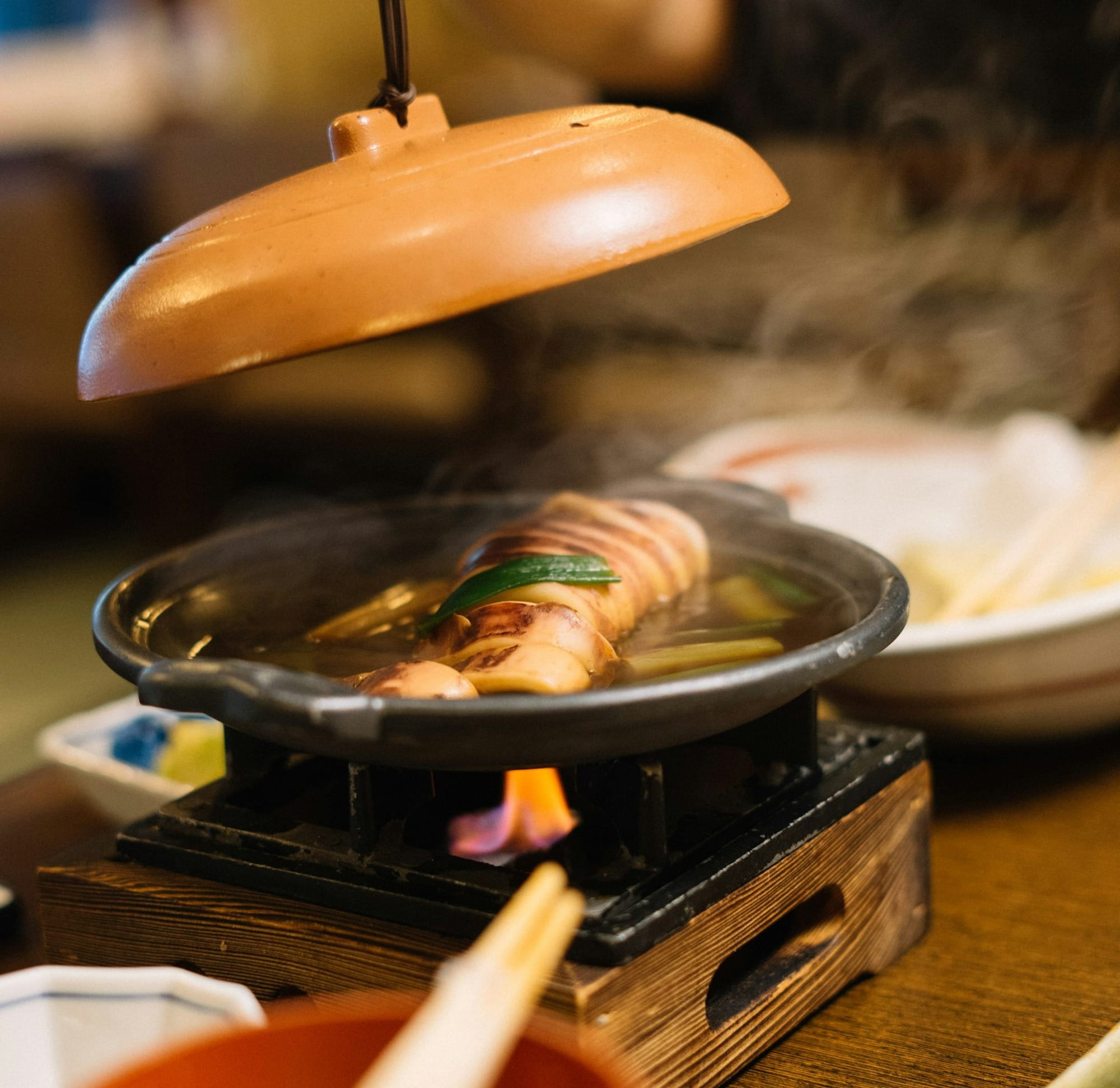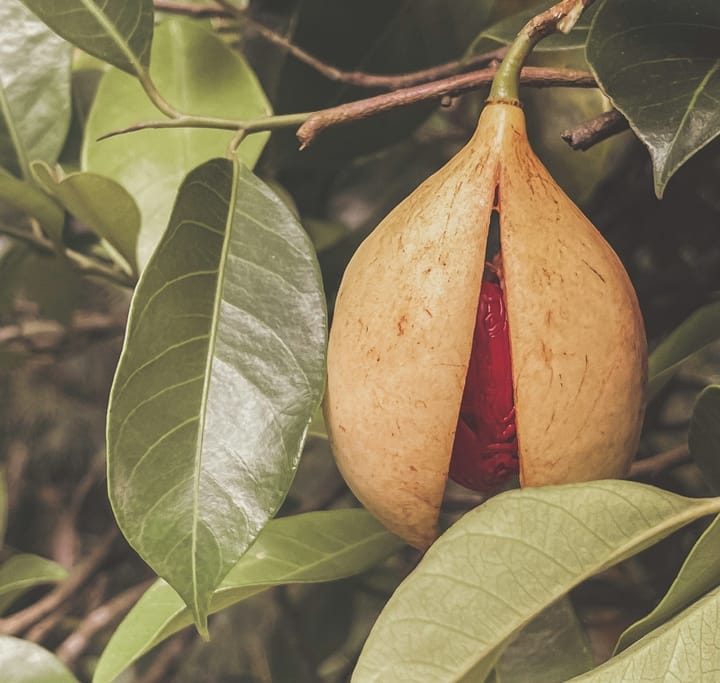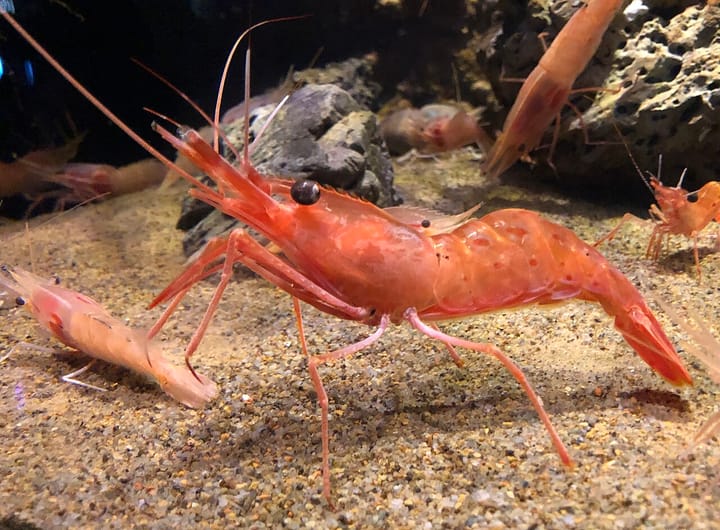Aori Ika (Bigfin Reef Squid): The Japanese Squid That Tops Every Chef's List
Japan's most prized squid, aori ika, releases waves of natural sweetness with each chew. From reef to restaurant, discover why top sushi chefs treasure this snow-white delicacy above all others.

Walk into any high-end sushi restaurant in Tokyo and ask the chef about their favorite squid, and chances are they'll light up talking about aori ika.
Among the hundred-plus squid species swimming in Japanese waters, this particular variety—the bigfin reef squid (Sepioteuthis lessoniana)—has earned an almost mythical status among seafood lovers.
It's not the biggest or the rarest, but bite into a properly prepared piece and you'll understand why chefs treat it like edible gold.
What Makes This Squid So Special
The first thing you notice about aori ika is its pure, snow-white appearance on the sushi counter.
But the real magic happens when you taste it. Unlike regular squid that can be rubbery and bland, aori ika starts firm, then releases waves of natural sweetness as you chew.
It's like the difference between a supermarket tomato and one from your grandmother's garden—technically the same thing, but worlds apart in experience.
Japanese chefs describe this sweetness as "expanding" in your mouth. Each chew releases more flavor, creating what they call a "blooming" sensation.
The texture walks a perfect line—substantial enough that you know you're eating something, but tender enough that it eventually melts into creamy sweetness.
It's this unique combination that has sushi masters calling aori ika the "perfect squid."
From Ocean to Plate
Aori ika thrives in the warm coastal waters around southern Japan, particularly near Kyushu, Okinawa, and parts of Shizuoka.
These squid prefer shallow reefs where they hunt small fish and shrimp—a diet that contributes to their exceptional flavor.
Peak season runs from late spring through early autumn, when the squid have grown to ideal size and developed maximum sweetness.
Unlike commercial squid caught in massive nets, aori ika is typically caught using traditional methods like squid jigging at night, when they're attracted to lights.
Fishermen handle each squid carefully, knowing that stress and poor handling can ruin the delicate flesh. The best specimens go straight into ice-cold seawater, preserving that pristine white color and sweet flavor.
Preparation Techniques
Watching a skilled sushi chef prepare aori ika is like watching a surgeon at work.
After removing the internal organs and peeling away the thin outer membrane, the real artistry begins.
The chef examines the flesh, determining its thickness and texture before deciding on the cutting technique.
The most common preparation involves a technique called "kakushi-bocho"—hidden knife cuts.
The chef makes dozens of tiny, nearly invisible scores across the flesh.
These cuts serve two purposes: they tenderize the meat and create tiny pockets that catch whatever seasoning is applied.
Some chefs cut in a crosshatch pattern, others in delicate waves. The depth matters too—too deep and the piece falls apart, too shallow and it stays tough.
Traditional Cooking Method
While aori ika shines as sushi and sashimi, talented chefs have developed numerous ways to showcase its versatility:
Classic Nigiri Style: The most traditional preparation. The chef places a slice of scored aori ika over seasoned sushi rice, often adding a tiny drop of sudachi citrus and a few grains of sea salt instead of soy sauce. This minimalist approach lets the squid's natural sweetness shine.

Lightly Torched: Some chefs run a blowtorch quickly over the surface, just enough to add a hint of smokiness while keeping the interior raw. This technique, called "aburi," caramelizes the natural sugars slightly, intensifying the sweetness.

Kobujime Method: The squid is pressed between sheets of kombu kelp for several hours. The kelp imparts a subtle umami depth while drawing out excess moisture, concentrating the flavors. This preparation is particularly popular in Kyoto.
Quick Blanch Technique: A few innovative chefs briefly dip the squid in hot water for literally one second—just enough to tighten the surface while maintaining the raw center. This creates an interesting textural contrast.
Tempura Style: While less common for such premium squid, some chefs prepare the tentacles as tempura, creating a crispy exterior that gives way to sweet, tender meat inside. The body is usually reserved for sushi.
Squid Noodles (Ika Somen): The chef cuts the squid into thin noodle-like strips, served chilled with a light dipping sauce. This preparation is especially refreshing in summer and shows off the squid's clean flavor.
The Dining Experience
In traditional sushi restaurants, aori ika appears at a specific point in the meal—after lighter white fish like flounder but before rich, fatty tuna. This placement is deliberate, as its sweet, clean flavor serves as a palate bridge between delicate and bold flavors.
The proper way to eat aori ika nigiri deserves attention too. Unlike some sushi that benefits from soy sauce, aori ika is often best enjoyed with just the chef's chosen seasonings.
If you do use soy sauce, just the tiniest touch—you want to enhance, not mask, that natural sweetness. And unlike some fish that you might eat quickly, aori ika rewards slow, thoughtful chewing to fully experience its evolving flavors.
Why Chefs Prize It
Talk to sushi chefs about why they love working with aori ika, and you'll hear consistent themes.
First, it's incredibly versatile—delicious raw, sublime when lightly treated, and even the tentacles can be transformed into something special.
Second, its pure white color provides a beautiful visual contrast on the plate, especially against the dark nori or bright wasabi.
But perhaps most importantly, aori ika represents a test of skill. Preparing it properly requires technique, timing, and intuition. A chef who can make aori ika sing knows their craft.
It's not forgiving like some fish—overcook it by seconds and it turns rubbery, score it wrong and it falls apart, handle it roughly and it loses that pristine appearance.
Regional Variations and Modern Takes
Different regions of Japan have developed their own aori ika traditions. In Kyushu, where much of the best aori ika is caught, chefs often serve it completely unadorned to showcase its purity.
In Tokyo, you might find it paired with innovative garnishes like microgreens or specialty salts. Osaka chefs sometimes incorporate it into their region's more bold, flavor-forward style with stronger seasonings.
Modern Japanese chefs are pushing boundaries while respecting tradition. Some are experimenting with brief aging periods, finding that 24-48 hours of controlled rest can intensify flavors.

Others are exploring fermentation techniques or incorporating Western ingredients like olive oil or truffle salt—controversial moves that nonetheless highlight aori ika's adaptability.
A Gateway to Understanding Japanese Cuisine
For American diners exploring authentic Japanese cuisine, aori ika offers a perfect entry point into understanding what makes Japanese seafood culture special.
It challenges Western preconceptions about squid, demonstrates the importance of seasonality and preparation technique, and showcases the Japanese philosophy of highlighting natural flavors rather than masking them.
Whether you encounter aori ika at a high-end sushi counter or spot it on a menu at an authentic Japanese restaurant, it's worth trying.
Each piece represents centuries of fishing tradition, generations of culinary knowledge, and a chef's dedication to their craft.
That first bite—firm yet yielding, subtly sweet, unmistakably ocean-fresh—might just change how you think about seafood entirely.


